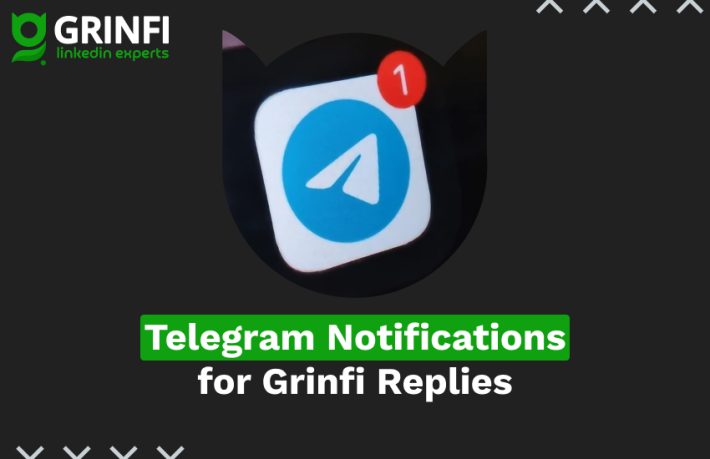How to Safely Create and Warm Up a LinkedIn Profile: Step-by-Step Guide

LinkedIn is not just a social network – it’s a professional tool for sales, recruiting, and networking. However, new or inactive profiles often face restrictions, bans, or even “shadow bans.”
In this article, we’ll break down how to safely create LinkedIn profile, avoid restrictions, and warm up LinkedIn account without risking a ban.
What Limitations Do New LinkedIn Profiles Face?
LinkedIn closely monitors suspicious activity. 9 out of 10 new profiles immediately fall under restriction or mandatory ID verification.
Common limitations:
- Action limits (for example: profile views or connection requests)
- Reduced visibility or a “shadow ban” – sometimes your profile isn’t visible even via a direct link
- Account suspension for suspicious activity or VPN logins.
All these limitations make your profile almost unusable as a professional LinkedIn tool.
How to Safely Create a New LinkedIn Profile
1. Avoid “flagged” IPs and devices
LinkedIn tracks your IP and MAC addresses.
Don’t use corporate Wi-Fi networks or devices where other profiles were previously registered.
The best approach is to create a profile from a new network that hasn’t been active on LinkedIn for at least 3 months.
2. Register the profile to a real person
Use your real name and ID documents – LinkedIn may request verification.
- If your passport says “Christopher,” don’t write “Chris”
- If your previous profile was blocked, create a new one using transliteration (if possible), e.g., “Іван Петрич” instead of “Ivan Petrych.”
3. Don’t use VPNs or free proxies
VPNs are one of the main triggers for bans. LinkedIn detects IPs with mass or suspicious traffic.
Registering via VPN or FREE proxies = 90% risk of restriction.
4. Verify your profile with a different document
If your old account was blocked, use a different type of document for verification when creating a new one – for example, a driver’s license instead of a passport.
How to Warm Up a New LinkedIn Profile
After creating your profile, don’t rush to send dozens of connection requests. LinkedIn will treat it as automation.
1. Don’t switch devices
For the first few weeks, use only the device you registered with. Don’t log in from your phone if you registered via laptop.
2. Complete your profile gradually
Fill out the “About,” “Experience,” and “Skills” sections and add a photo – but do it gradually over several days.
3. Build social activity around your profile
- Ask colleagues or friends to send you connection requests;
- Ask them to endorse your skills or leave a recommendation.
This creates “natural” activity and increases LinkedIn’s trust in your profile.
4. Start with minimal activity
After 1–2 weeks, gradually increase your actions:
- 2–3 genuine comments per day
- 1–2 post reactions per day
- Up to 5 connection requests per day
If you hit a limit – wait until Monday when it resets.
How to Avoid Bans on a Warmed-Up Profile
Even after warming up, it’s crucial to maintain LinkedIn’s trust in your account.
- Control your session count.
No more than two active devices. Manually end old sessions – LinkedIn doesn’t do it automatically. - Don’t change your location.
Logins from different countries (e.g., Poland and the Netherlands) are classic triggers for verification. - Don’t change your name.
LinkedIn treats it as a risky action and almost always initiates re-verification. - Know your activity limits.
Don’t exceed safe daily actions – messages, connection requests, comments, etc.
💡 Grinfi have a Smart Limits feature that analyzes the “health” of your LinkedIn profile, identifies risk levels, and gives personalized recommendations to help you avoid bans.
Summary
Warming up your LinkedIn profile isn’t a formality – it’s a strategic necessity.
Safe setup and gradual activity are the keys to stable performance, especially if you use LinkedIn for lead generation or sales.
Want to avoid bans and have a stable sales tool on LinkedIn?
👉 Try Grinfi – automation that tells you exactly how to manage your account so that LinkedIn “loves” you instead of blocking you.



